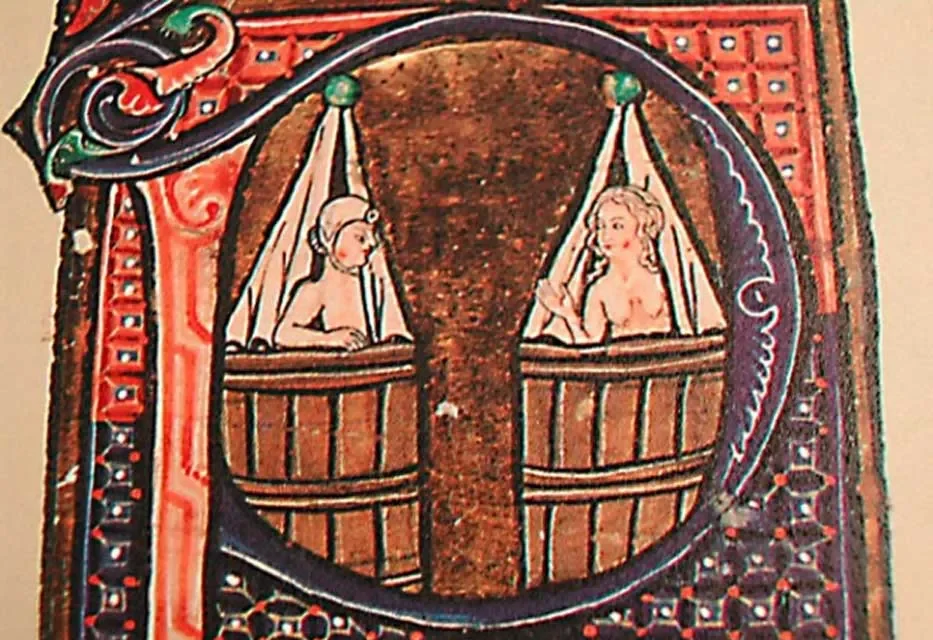Daily bathing, changing of clothes, cleaning of one’s nails, even brushing the teeth, are, in the long timeline of human history, relatively recent developments. As recently as a century ago, in many circles and societies, bathing was frowned upon. Before that it was outright condemned by some. Although the Bible contains many references to bathing, washing, and cleanliness, both spiritual and corporeal, leading Christians of the Middle Ages and Renaissance came to consider “excessive” bathing as sinful. Louis XIV of France, styled as “His Most Christian Majesty”, is alleged to have lived his entire 76 years on Earth without enduring the inconvenience of taking a bath. He died, unsurprisingly of gangrene, four months shy of his 77th birthday.

The indignity of evacuation by stool in pre-water closet days also led to some less than dainty habits, particularly in the palaces and great houses of Europe. Rather than avail themselves of the chamber pot and a private chamber designated for its discreet use, many of the “gentility” chose instead to surreptitiously step behind a convenient door, or secret themselves beneath a stair, behind heavy furniture, or in an unused fireplace. There was no need to seek out anything resembling toilet paper, since nothing resembling toilet paper existed. It was often a simpler task for women in the medieval ages. Voluminous skirts hid what they were doing from prying eyes, and women usually did not wear the linen drawers, or any drawers, favored by the menfolk. Here’s some of the history of personal hygiene, or rather the lack thereof, from the ages.

The Hebrew Bible stressed personal cleanliness among the Israelites
Contrary to popular belief, the phrase “cleanliness is next to godliness” does not appear in the Bible. It likely originated with the Protestant beliefs of Methodism through one of its founders, John Wesley. Early Christian leaders often decried the need for personal cleanliness, at least as it pertained to bathing in water. They viewed the sinful activities practiced in the Roman baths with righteous revulsion. Saint Benedict and Saint Francis of Assisi opposed habitual bathing. Saint Benedict supported baths for the sick, but, “…to the healthy, and especially to the young, let them be granted more rarely”. The same good Saint counseled that unruly children, “…be subjected to severe fasts or brought to terms by harsh beatings, that they may be cured”. St. Francis believed strong body odor signified piety. Perhaps because one couldn’t get close enough to anyone to become sinful.

Their attitudes towards hygiene contrasted with the books known to Christians as the Old Testament. “They must purify themselves with water”, (Numbers 19:12) is in response to the uncleanliness brought about specifically by touching a corpse, and an indication of the cleansing power of water. Job made reference to washing himself with snow, and cleansing his hands with lye (Job 9:30). References to washing with water abound in the Hebrew Bible, as they do in the New Testament, though in the latter they often refer to the ceremonial washing of feet. At some point later in the passage of the centuries, Christian views on bathing changed, at least outside of Church rituals, and it became frowned upon. By the fifteenth century Queen Isabella of Castille boasted of having but two baths in her entire life, at birth and on the eve of her marriage to Ferdinand of Aragon.

